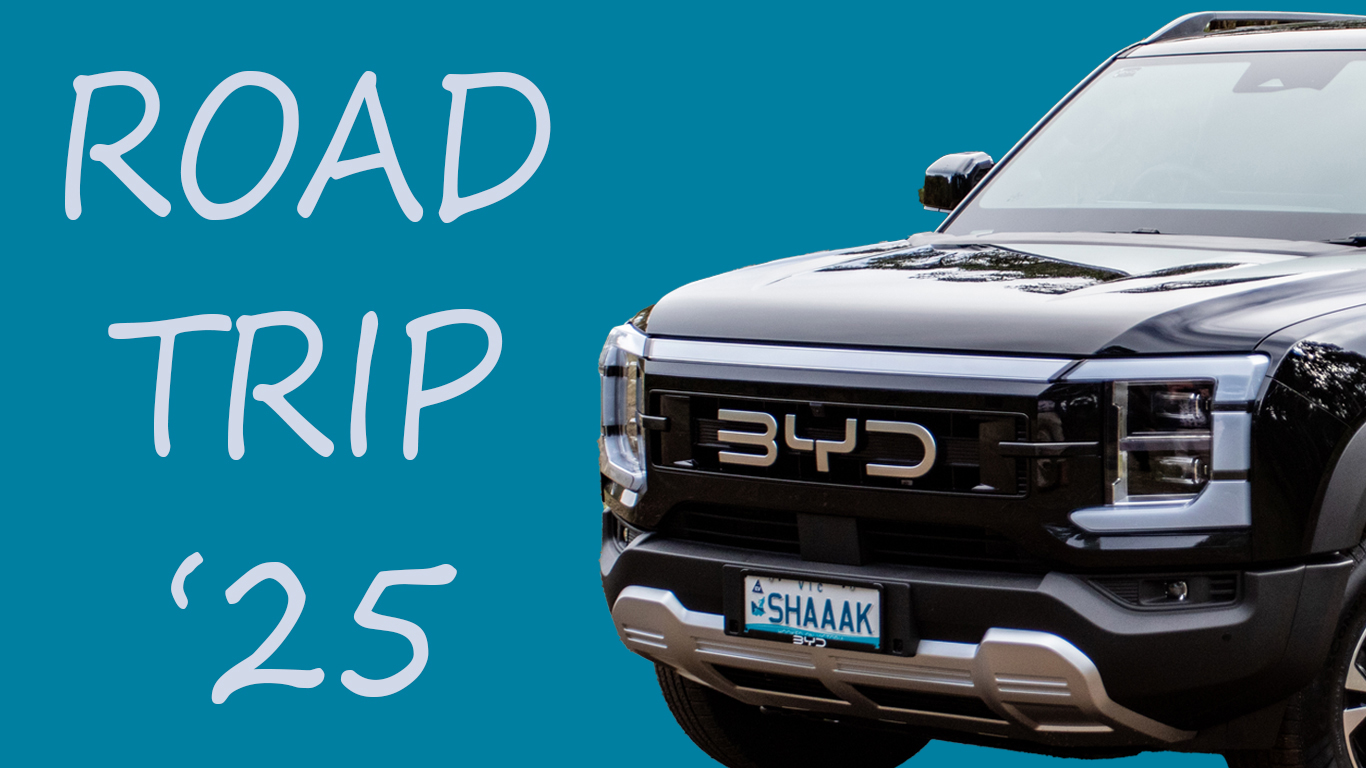Turn on, tune in and charge up…
In times past I worked as a travelling sales rep, spending many hours per week behind the wheel of my car and clocking up thousands of kilometres per month, many of them in remote rural areas. The days were long, often with many hours between stops, and service stations weren’t always easy to come by. In some areas you were lucky to be able to find a servo that sold LPG. As for public EV charging stations — forget it…
Perhaps that’s why in my psyche I’ve never really had much interest in electric vehicles — their limited ranges, long charge times, and lack of public infrastructure has never really appealed to me, especially as someone who to this day still enjoys a good old fashioned road trip.
All this changed recently though, when the time came to renew the lease on our Ford Everest SUV (a vehicle that neither of us had ever felt any kind of real love for). Our desire to upgrade to something that was a bit more practical for use around the farm, but something that would still provide a comfortable environment for those longer drives, led us to look instead at a number of utes (what the Americans call pickup trucks). After looking at the myriad options available in traditional diesel models, we were very much taken aback by a newcomer to the Australian market – the BYD Shark 6, a plug-in hybrid vehicle. After test driving it here in Bendigo and being blown away by the awesome power and speed of it, we put an order in early in March 2025, and by the end of May we had taken delivery of our brand new set of wheels.
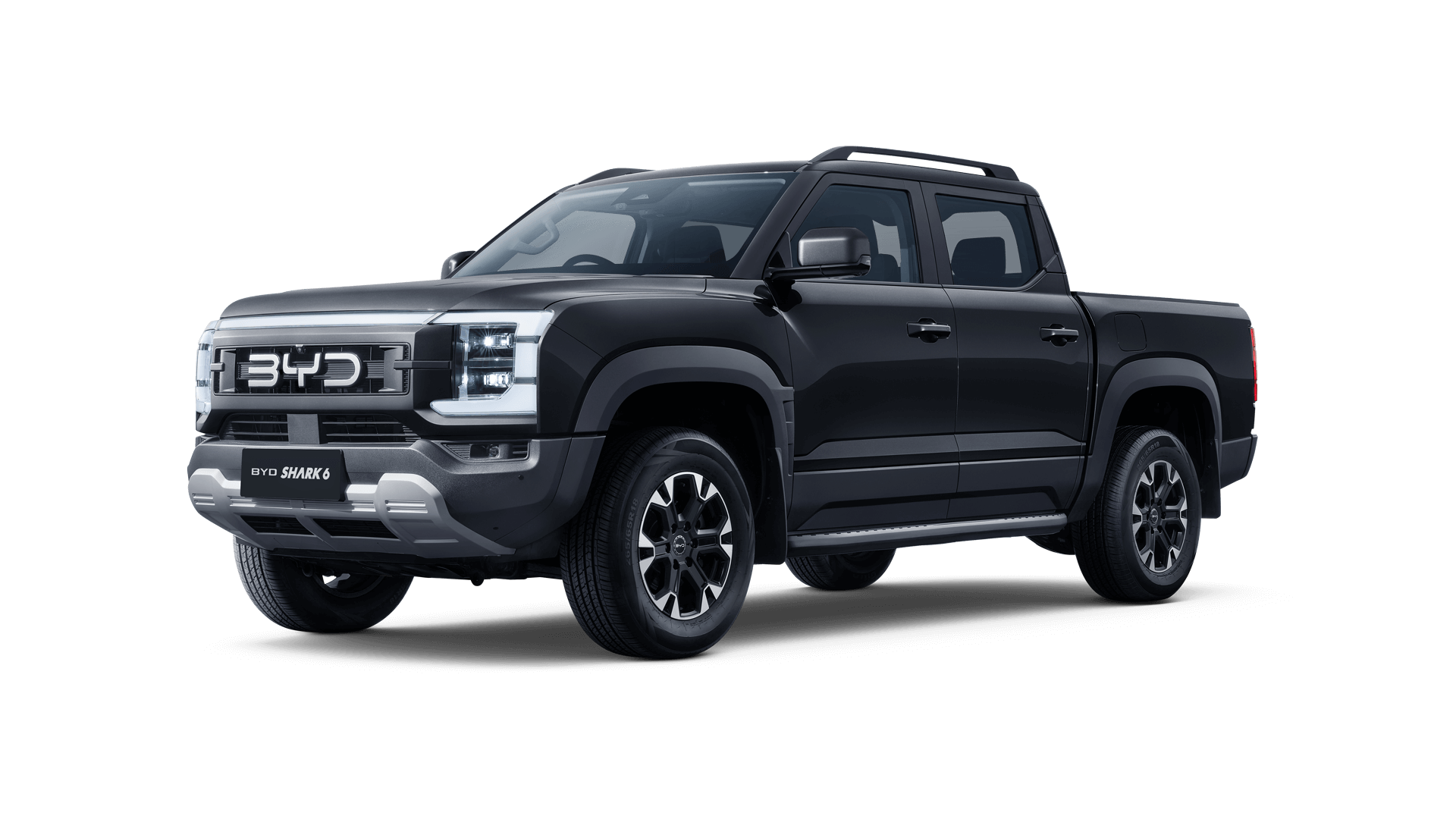
There have been a few other (non-plug-in) hybrid utes available in the past, as well as a number of the traditional brands also announcing plans to bring in their own plug-in hybrid utes, but what makes the Shark 6 so unique is that rather than being a traditional internal combustion engine (ICE) vehicle with a range extending electric motor fitted, this one is a purpose-built electric vehicle (EV), featuring dual electric motors, with an additional petrol engine that is predominantly there to charge the battery and provide additional support to the front electric motor when required. Featuring a 30 KwH battery that is purpose-built in to the chassis, it is capable of driving around 80-100km on EV alone. This may not sound much, but it is more than enough for the majority of the daily commuting that we do in and around Bendigo. For longer trips, such as the one we are about to do to the Gold Coast in Queensland, the addition of a 1.5 litre turbo engine and a 60-litre petrol tank extends the journey in hybrid mode out to around 700km, meaning the fear of not being able to find somewhere to charge the battery is mitigated somewhat.
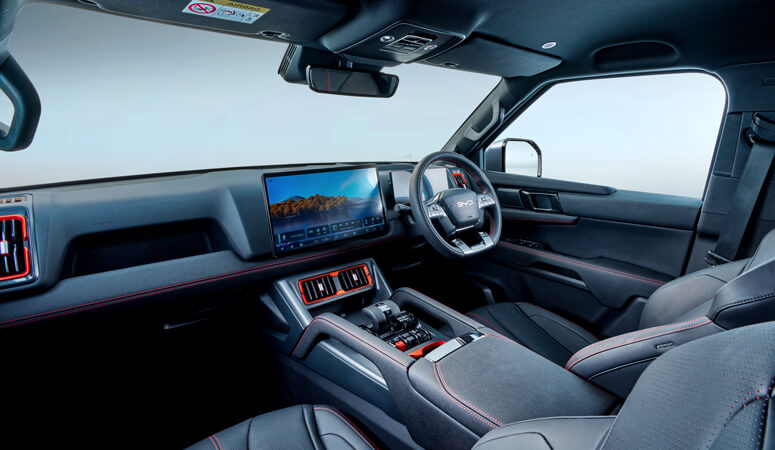
The Shark is also way more comfortable than the Everest ever was and features a heap of tech that would normally only be found in the top-of-the-range competitors’ models costing tens of thousands of dollars more. While a lack of off-roading features means it won’t stack up against the big boys for serious four-wheel driving, it’s still more than capable of handling any situation we’re likely to throw at it. The 2.5 tonne towing capacity might also be a limitation to some people, but it is never going to be an issue for us. The trade-off is a ride that is stunningly quiet, smooth and enjoyable, with enough power in reserve to make overtaking and hill climbs absolutely effortless.
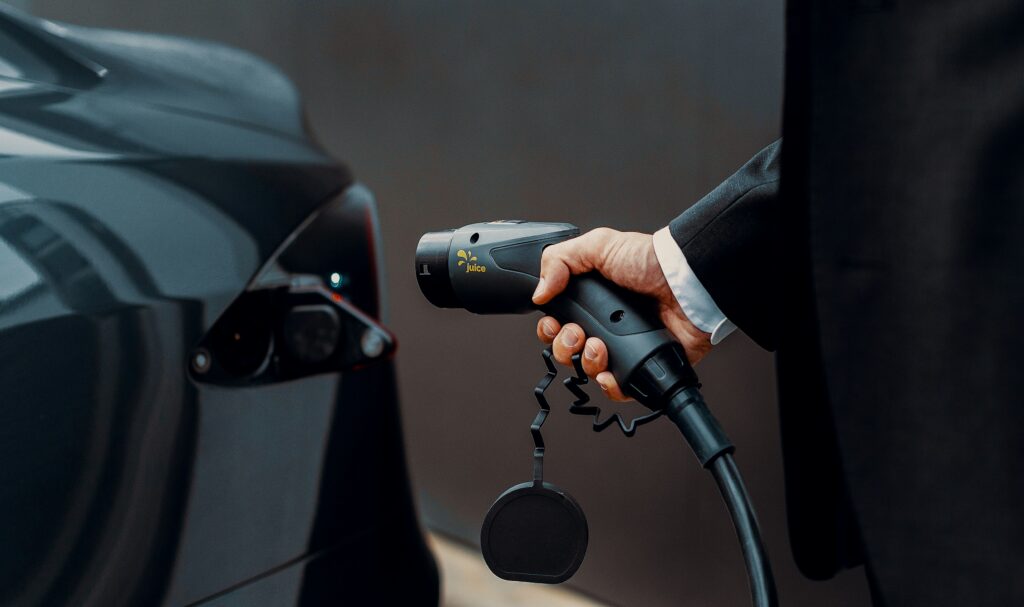
While technically we aren’t bound by having to stop to charge the Shark regularly throughout the journey, we have still designed this upcoming road trip around making use of public charging infrastructure. This is partly so that we can enjoy a lot more petrol-free kilometres, but it’s also because the love affair we have with the Shark has now led us to look at replacing our other ICE vehicle with a fully electric one, the all new IM5 (a luxury high-tech sedan made in China and distributed in Australia by MG). That one will be arriving some time in October, and with a 100 KwH battery that is capable of travelling around 660km on one charge and a charging time of around 17 minutes to 80%, that will probably be our road-tripper of choice in the future. But for now we’re looking forward to escaping the Melbourne winter, albeit for a very brief 6 days.
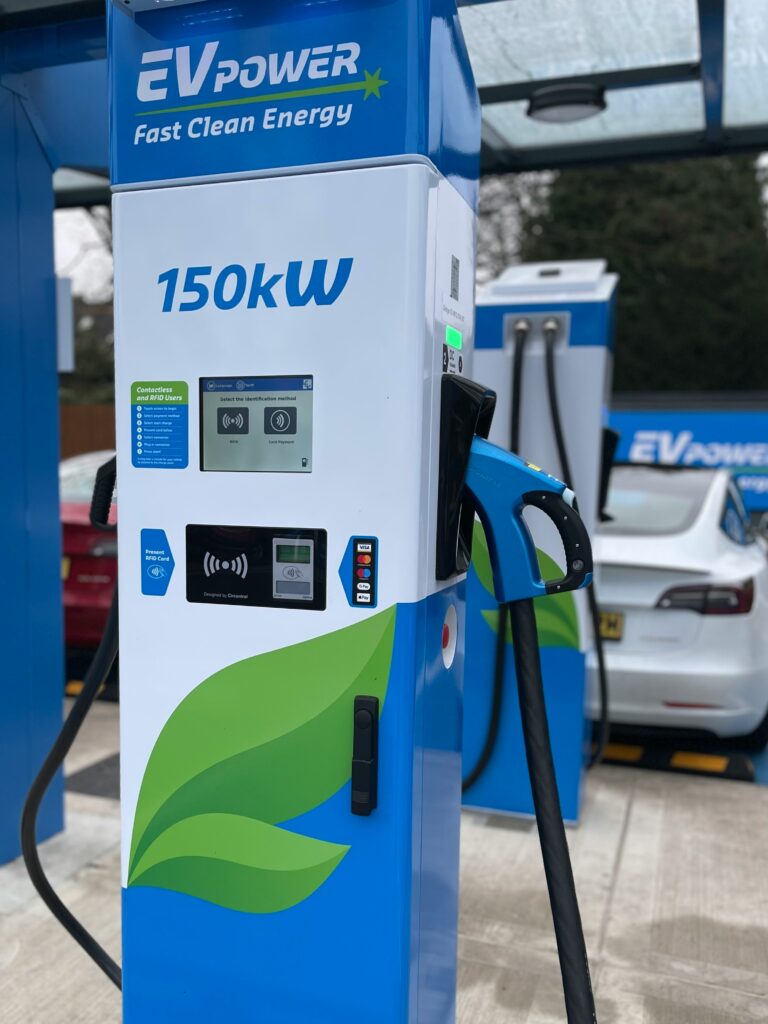
So thank you for indulging me in something that’s a little bit different to my normal travel blogging — and I hope you’ll join us as we make our way on our 3500km journey to the Gold Coast and back, for what is hopefully an interesting glimpse into the future of road-tripping in Australia.
